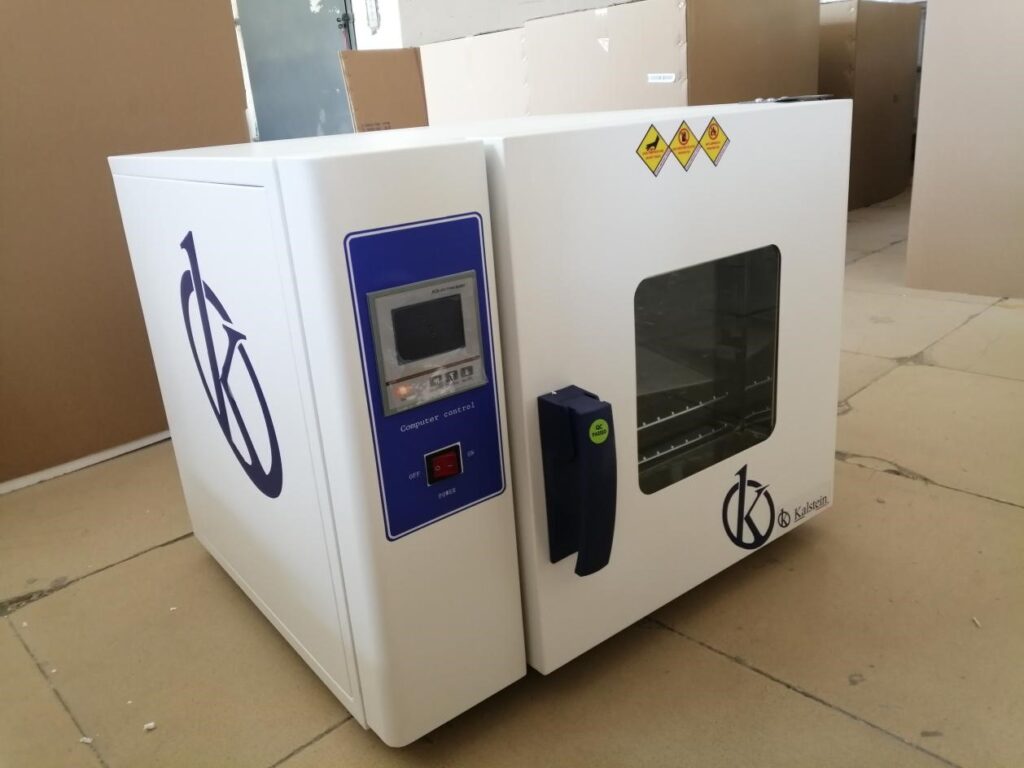The oven or also called drying oven is a piece of equipment used to dry and sterilize glass and metal containers. It achieves this, thanks to the fact that inside the temperature is higher than in the environment. According to its mode of operation, there are basically two types of oven: those that operate by natural convection and those that operate by forced convection.
Sterilization can be performed through a laboratory oven, which is effective inside the oven and is called dry heat sterilization, which is carried out only at 180 ° C for 2 hours. During this process, the glass or metal is heated by air at a high temperature, eliminating the possibility of any type of biological activity.
Structure of a laboratory oven
The ovens are made up of two chambers: one internal and one external. The external chamber is made of steel sheet, covered with a protective film of electrostatic paint. The inner chamber is generally made of aluminum or stainless material to better transmit heat; It has a set of shelves or shelves made of stainless steel wire, so that the air circulates freely, there the elements that need to be dried or sterilized by dry heat are deposited. It is isolated from the external chamber by an insulating material that maintains high temperature conditions internally and delays the transfer of heat to the exterior.
Dry heat sterilization
Laboratory ovens allow the uniform distribution of heat inside, where the material is exposed to temperatures of approximately 180ºC for 2 hours to achieve sterilization of a material.
Dry heat sterilization causes the destruction of microorganisms by oxidation of their cellular components. This is a less efficient process than moist heat sterilization, because microorganisms die more quickly when in the presence of water, because it allows the configuration of their proteins to be altered more easily and provides a means to distribute heat evenly throughout the internal chamber of the sterilization equipment. For this reason, to achieve sterilization of the material and using dry heat, higher temperatures must be applied for a longer period of time.
The sterilization time must be determined for each type of material, for example, in the case of very heat resistant materials, higher temperatures can be used for shorter times.
Benefits of sterilizing by dry heat
Among the advantages of this dry heat sterilization method are that it leaves no residue, and it is a quick and inexpensive method. It also allows the sterilization of materials that are not miscible with water, such as powders, oils and fats. It is not corrosive to metals and instruments. Its main disadvantage is that it should only be used to sterilize thermosetting materials and it requires a longer sterilization time, compared to humid heat, due to the low penetration of heat.
At Kalstein we are MANUFACTURERS and we offer you excellent laboratory ovens designed with the highest quality at the best PRICES on the market. That is why we invite you to take a look at HERE

